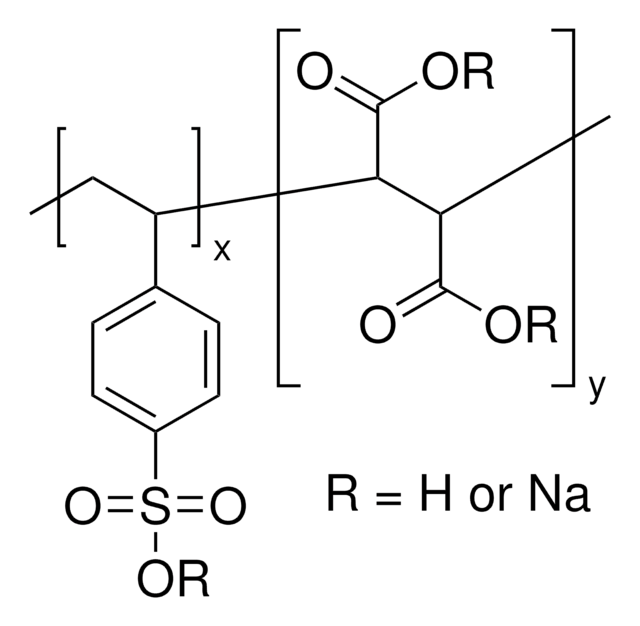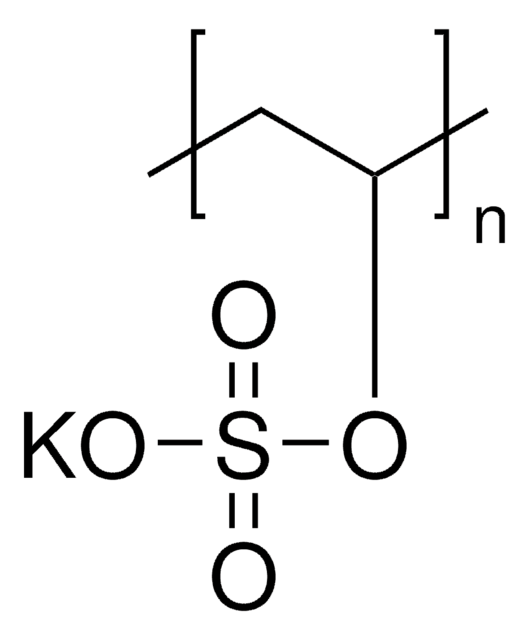Key Documents
191973
Poly(2-acrylamido-2-methyl-1-propanesulfonic acid) solution
average Mw 2,000,000, 15 wt. % in H2O
Synonim(y):
2-Acrylamido-2-methyl-1-propanesulfonic acid polymer, 2-Acrylamido-2-methylpropanesulfonic acid polymer, PolyAMPS
About This Item
Polecane produkty
masa cząsteczkowa
average Mw 2,000,000
Poziom jakości
stężenie
15 wt. % in H2O
pH
1.0-3.0
napięcie powierzchniowe
79.8 dyn/cm, 1 wt. %
lepkość
~200,000 cP, Brookfield RVT(lit.)
liczba kwasowa
41‑45 mg KOH/g
ciąg SMILES
CC(C)(CS(O)(=O)=O)NC(=O)C=C
InChI
1S/C7H13NO4S/c1-4-6(9)8-7(2,3)5-13(10,11)12/h4H,1,5H2,2-3H3,(H,8,9)(H,10,11,12)
Klucz InChI
XHZPRMZZQOIPDS-UHFFFAOYSA-N
Powiązane kategorie
Zastosowanie
Cechy i korzyści
Hasło ostrzegawcze
Danger
Zwroty wskazujące rodzaj zagrożenia
Zwroty wskazujące środki ostrożności
Klasyfikacja zagrożeń
Skin Corr. 1A
Kod klasy składowania
8A - Combustible corrosive hazardous materials
Klasa zagrożenia wodnego (WGK)
WGK 3
Temperatura zapłonu (°F)
Not applicable
Temperatura zapłonu (°C)
Not applicable
Wybierz jedną z najnowszych wersji:
Masz już ten produkt?
Dokumenty związane z niedawno zakupionymi produktami zostały zamieszczone w Bibliotece dokumentów.
Klienci oglądali również te produkty
Produkty
We present an article that discusses two applications in particular; first, using these layers as polyelectrolyte membranes to control permeability.
Nasz zespół naukowców ma doświadczenie we wszystkich obszarach badań, w tym w naukach przyrodniczych, materiałoznawstwie, syntezie chemicznej, chromatografii, analityce i wielu innych dziedzinach.
Skontaktuj się z zespołem ds. pomocy technicznej

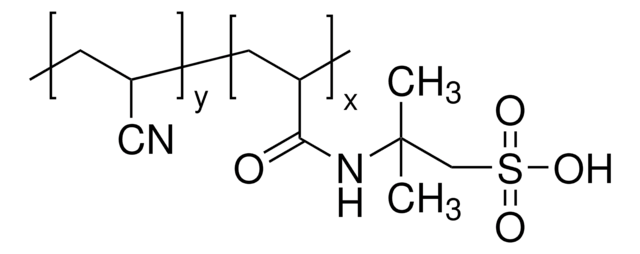

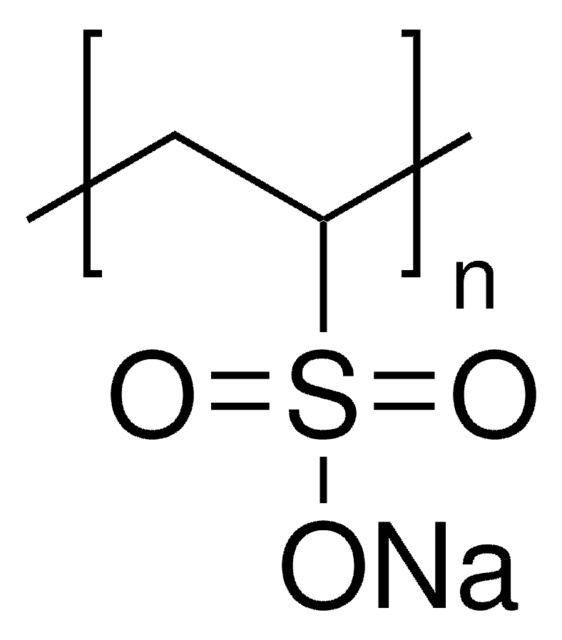
![Poly[bis(2-chloroethyl) ether-alt-1,3-bis[3-(dimethylamino)propyl]urea] quaternized, solution 62 wt. % in H2O](/deepweb/assets/sigmaaldrich/product/structures/139/843/f0b4a2ac-de44-4fb5-ab36-a700daaf8aa5/640/f0b4a2ac-de44-4fb5-ab36-a700daaf8aa5.png)
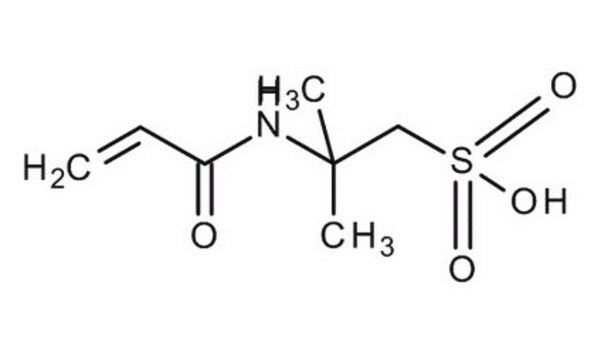
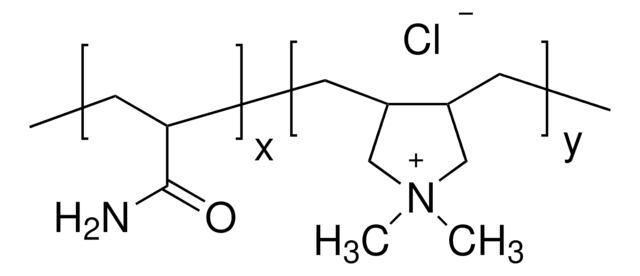
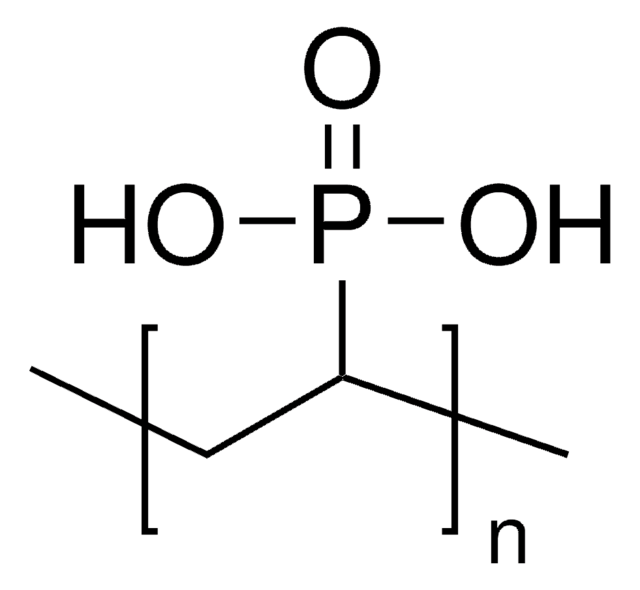


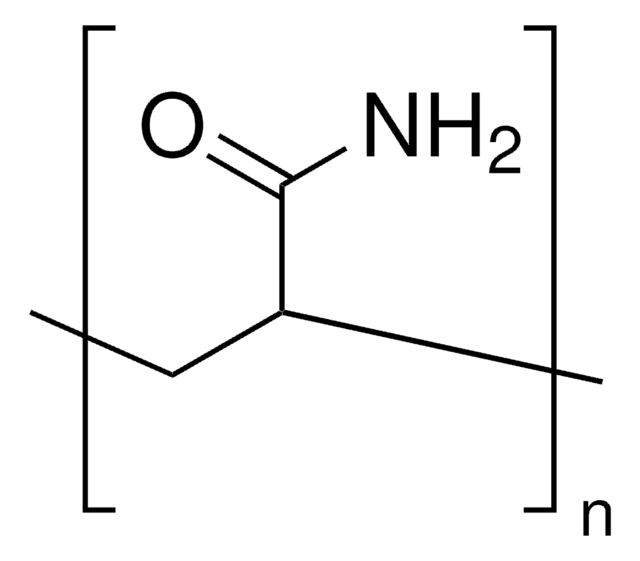
![Poly[(2-ethyldimethylammonioethyl methacrylate ethyl sulfate)-co-(1-vinylpyrrolidone)] average Mw <1,000,000 by GPC, 20 wt. % in H2O](/deepweb/assets/sigmaaldrich/product/structures/334/533/03fcaede-76a6-4b5a-a992-9565ea1ace4a/640/03fcaede-76a6-4b5a-a992-9565ea1ace4a.png)
